35 most beautiful vineyards in the world
Categories: Nature
By Pictolic https://pictolic.com/article/35-most-beautiful-vineyards-in-the-world.htmlWinemaking is an art that is practiced around the world. The vineyards from which the wine constitute some of the most beautiful landscapes in the world. From the Old world vineyards in Italy or France to New world vineyards in Argentina, Canada, Australia and the USA are exactly what you need to see. We invite you to enjoy this selection of photos of the most beautiful vineyards in the world.
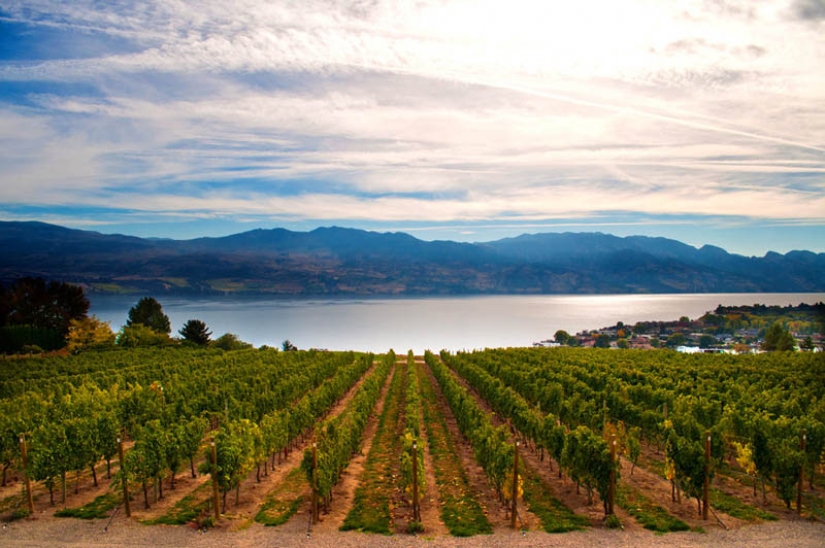
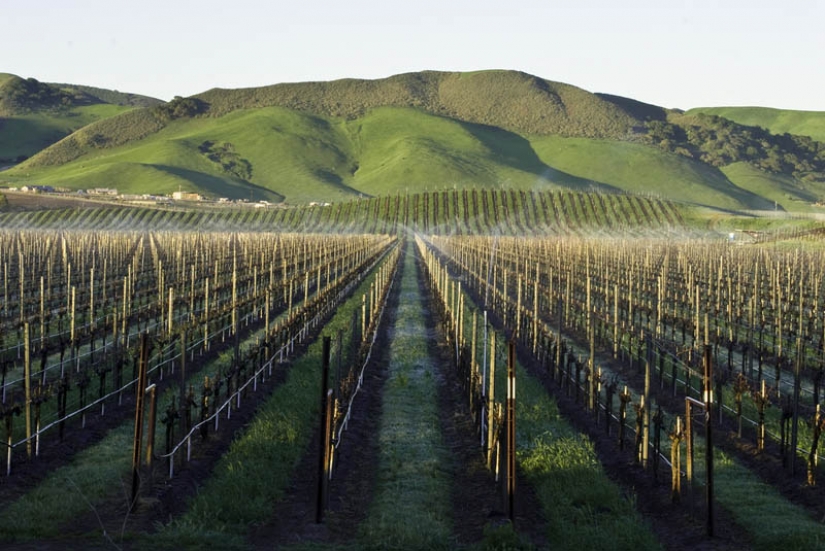
Los Alamos, Santa Barbara. (CHUCK ABBE)

Saint-Emilion, France. (WOODMO)
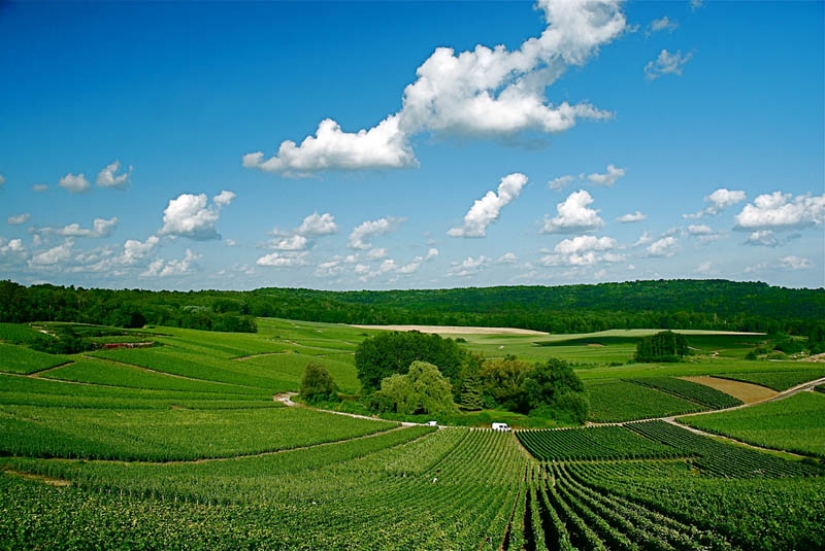
Trini, Champagne, France. (VERONIQUE COUTIE)
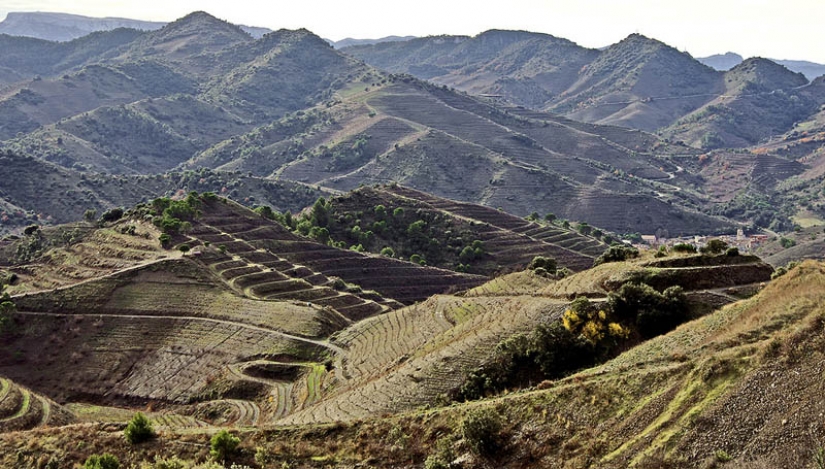
Porrera, Catalonia, Spain. (SBA73)
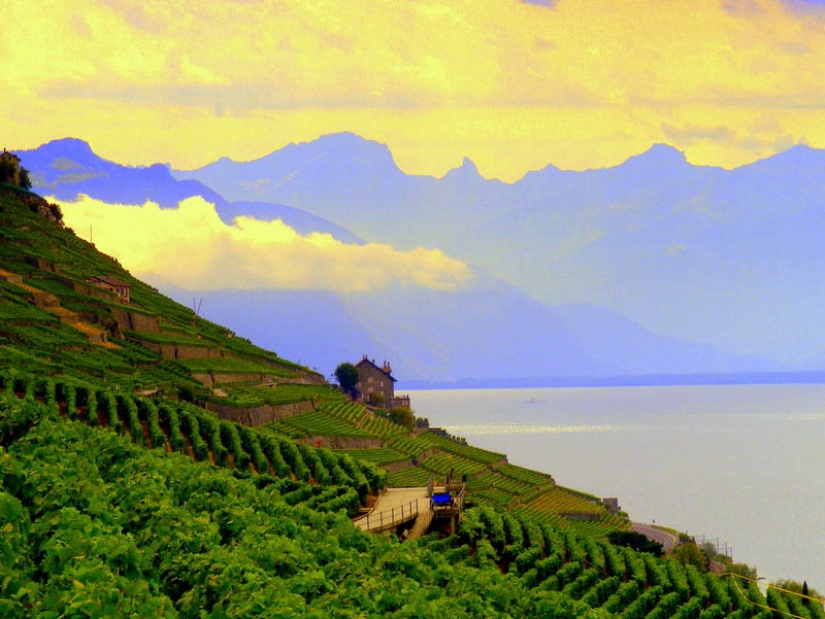
Lavaux, Switzerland. (HOCKENSMITH PHOTOGRAPHY)
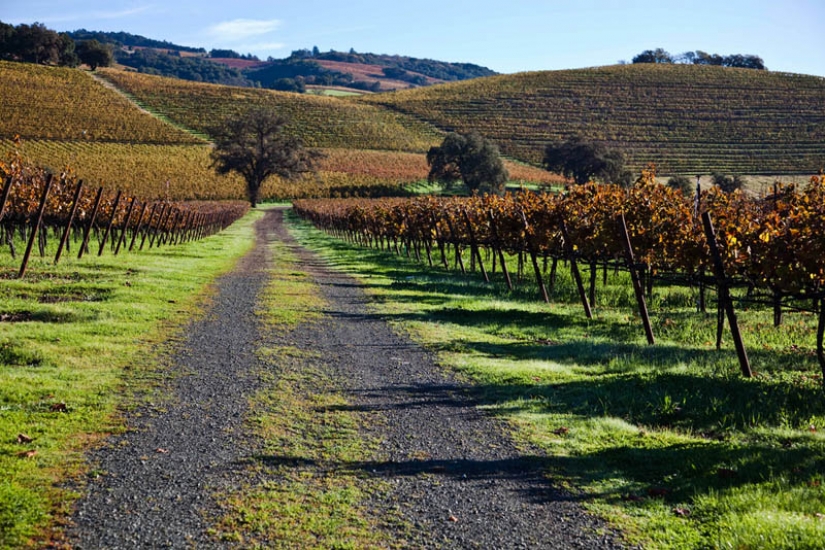
Kunde estate, California, USA. (TOM MOYER PHOTOGRAPHY)
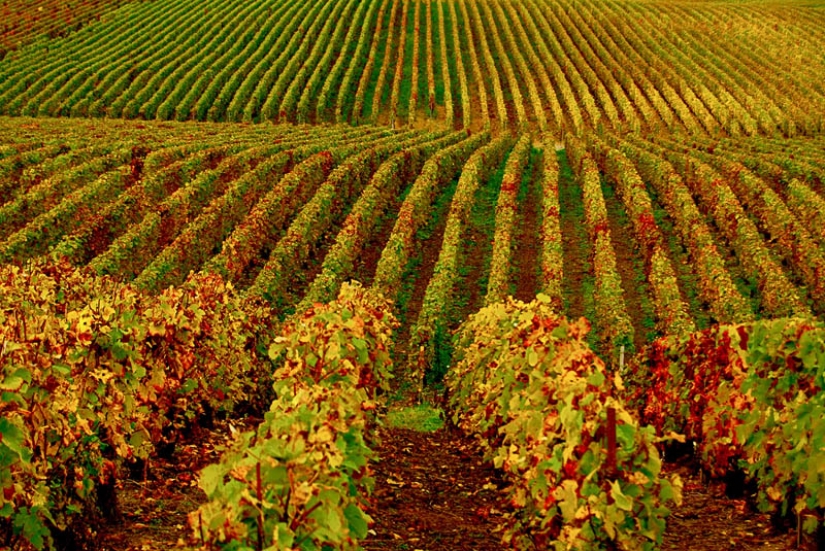
Hermonville, France. (VINCENT BRASSINNE)

Brunello di Montalcino, Tuscany, Italy. (RICSEN)
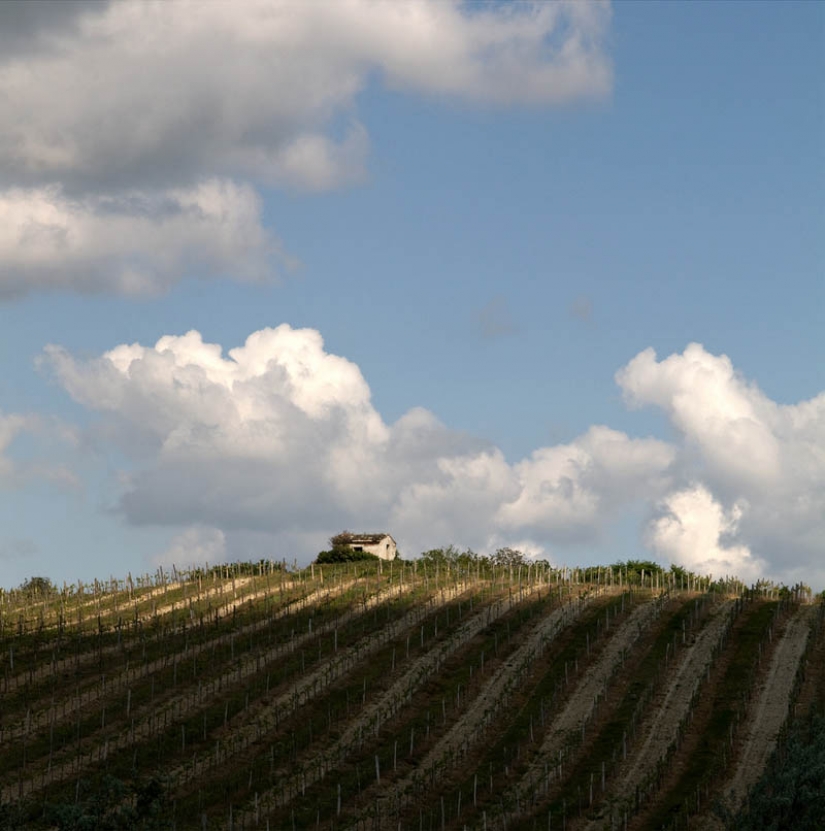
The Towns, Hungary. (THOMAS LIESER)
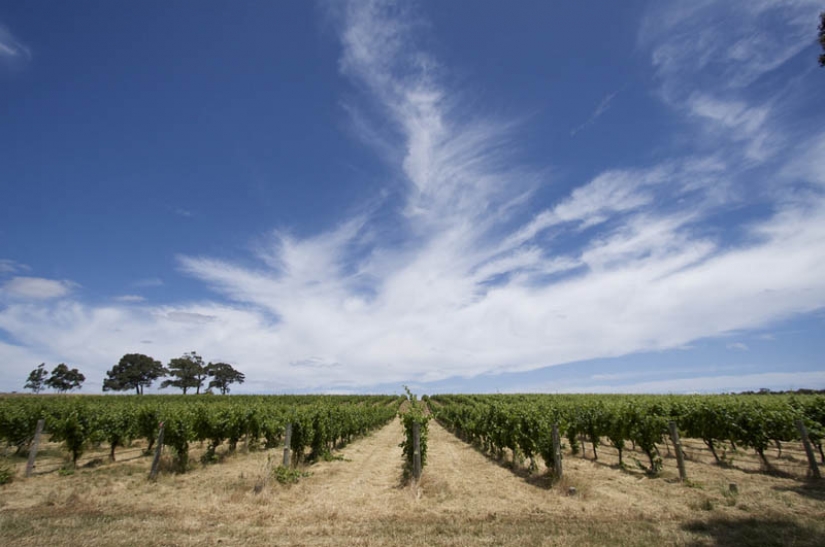
Margaret River, Australia. (CALZEAN)
What are the vineyards?
A vineyard is a plantation of wine grapes, grown mainly for winemaking, but also for the production of raisins, table grapes and nonalcoholic grape juice. Science practicing and studying winemaking, called viticulture. The wine is usually characterized by its terroir, originally a French concept, literally translated as "sense of place" that refers to the specific geographical and geological characteristics of grapevine plantations.
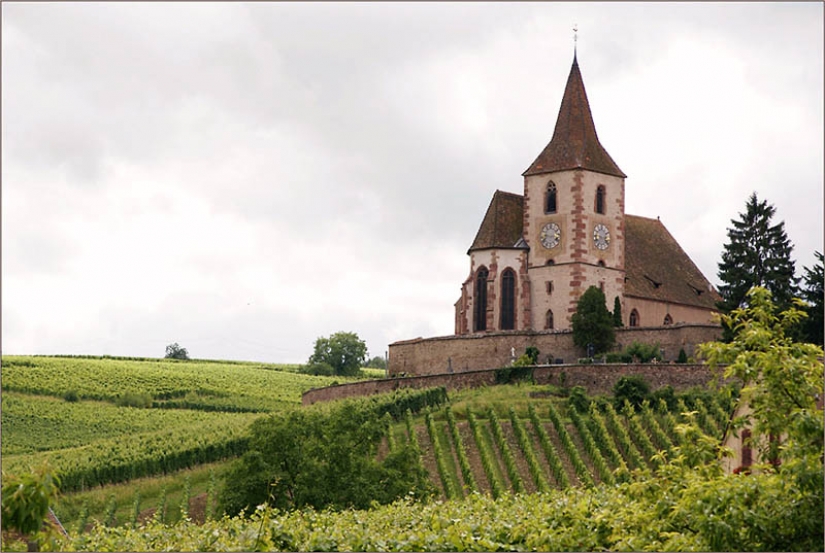
Hunawihr, Alsace, France. (MARTIEN UITERWEERD)
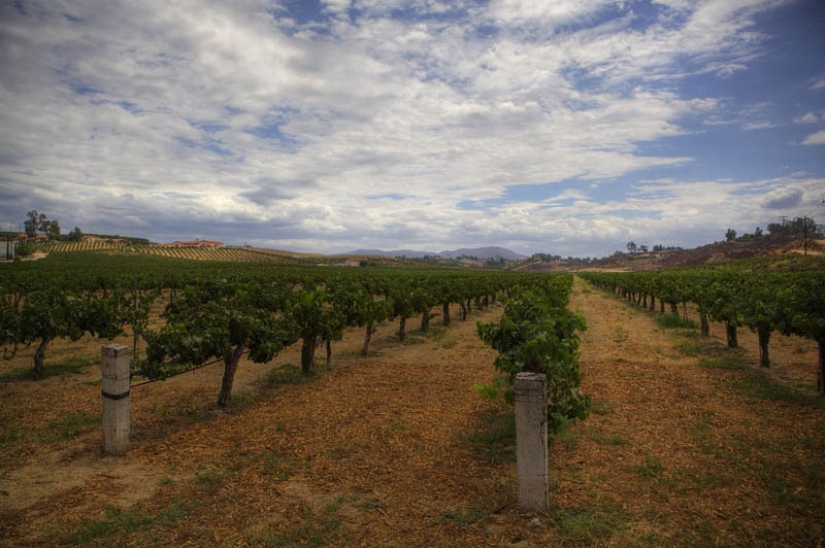
Maurice Carrie, California, USA. (M. LASZLO)
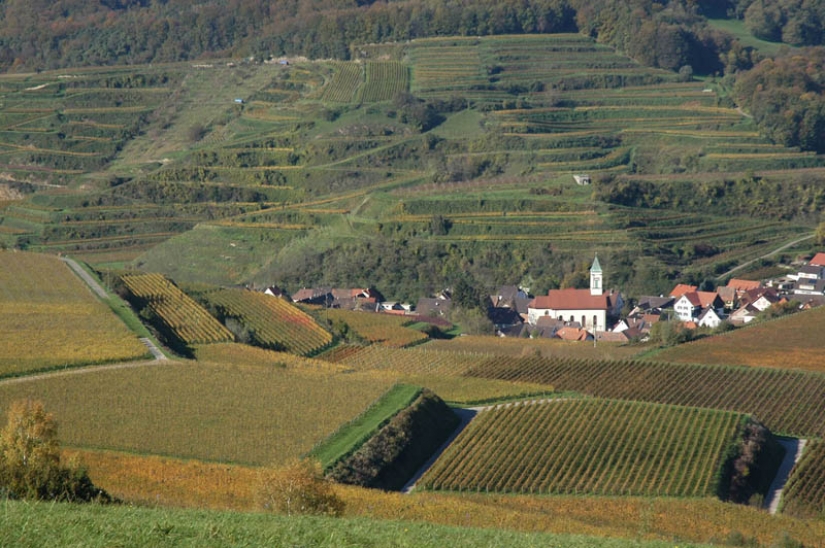
The Healthy Climate Spa Of Baden, Germany. (CLAUDE05)
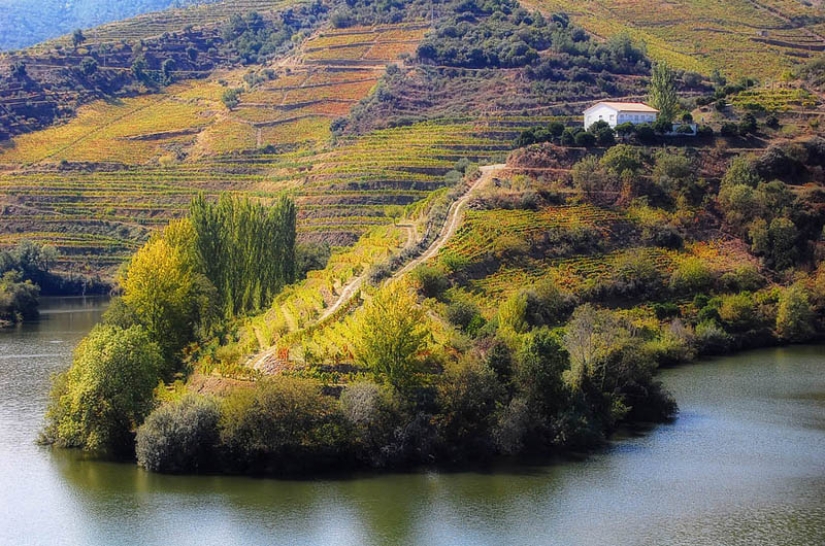
The vineyards on the river Tedo, Portugal. (AL GATOR)
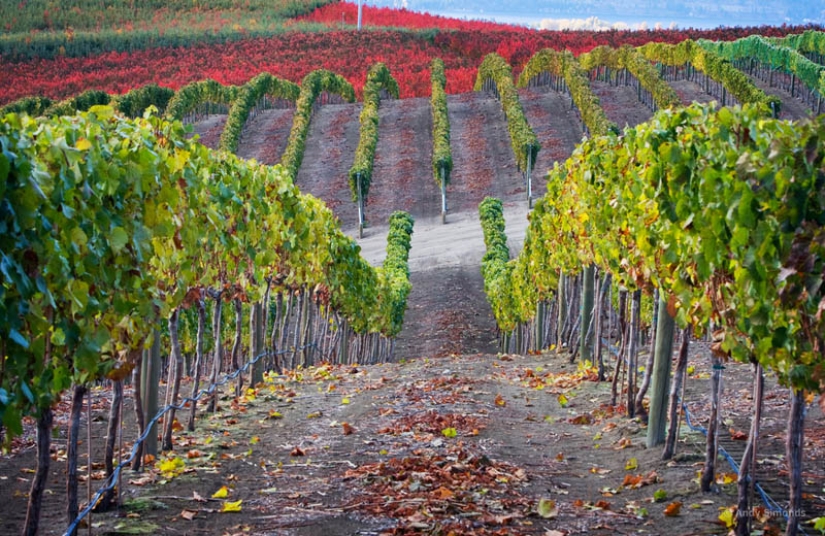
The vineyards on lake Chelan, Washington, USA. (ANDY SIMONDS)
The history of winemaking
The first evidence of wine production dates from 6000-5000 BC, the Technology of winemaking has improved considerably in Ancient Greece, but only to the decline of the Roman Empire viticulture became what we know it today.
In Medieval Europe the Church was a reliable supporter of wine which was necessary for Church services. During the instability of the Middle Ages, the monasteries maintained and developed technology of viticulture. Owning resources, tools and knowledge, they were interested in improving the quality of their wines.
European vineyards were mainly planted with different species of Vitis vinifera. However, at the end of the 19th century, the entire species was nearly destroyed by aphids phylloxera accidentally introduced to Europe from North America. Vine native Americans includes such species as Vitis labrusca, which is resistant against aphids. A variety of Vitis vinifera was saved through inoculation on root shoots of American grape varieties, despite the fact that still there is no remedy for phylloxera, which still poses a threat to each ungrafted vines.
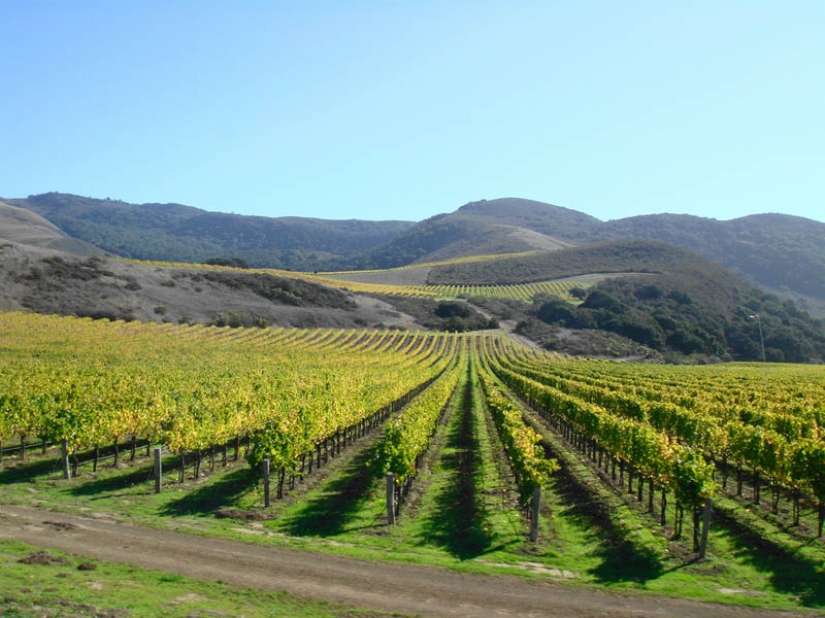
Mission, California, USA. (-DSH-)
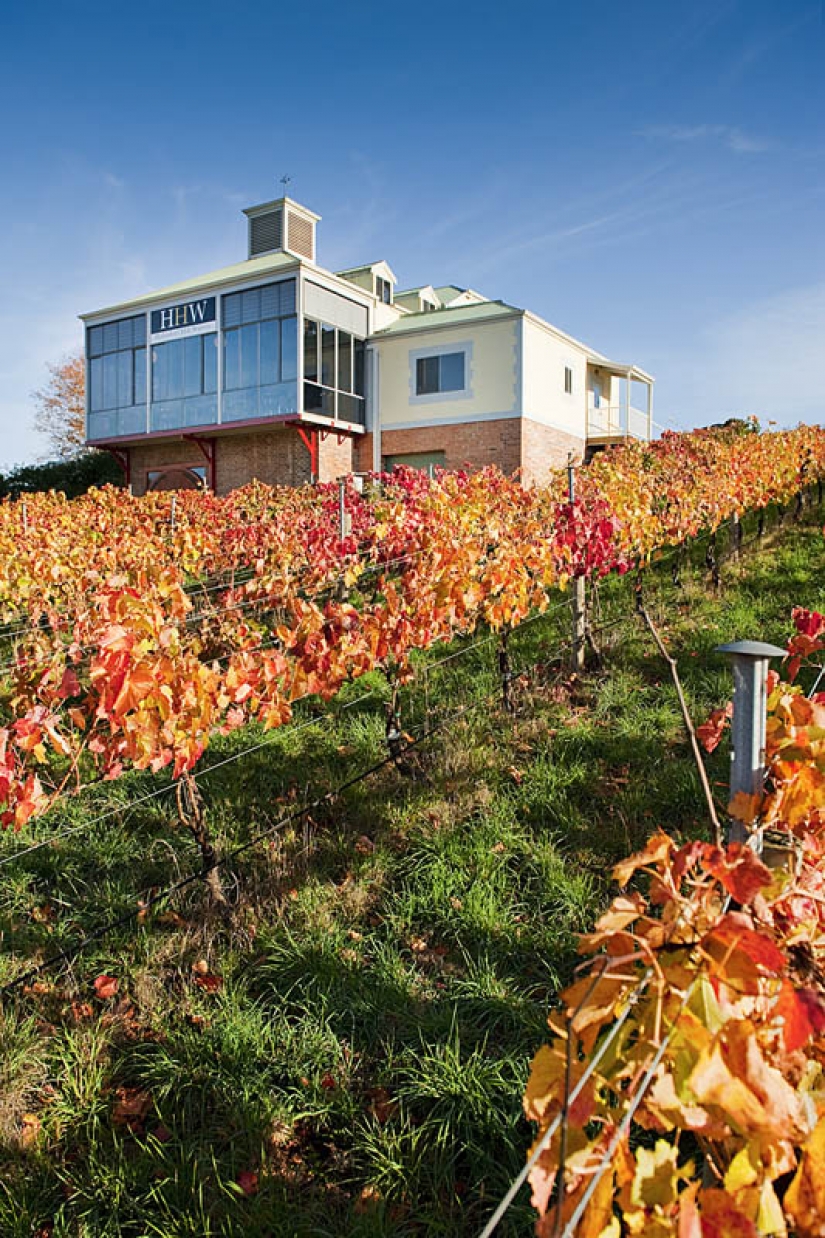
Hahndorf, Australia. (ANDY RASHEED OF EYE FOOD PHOTOGRAPHY)
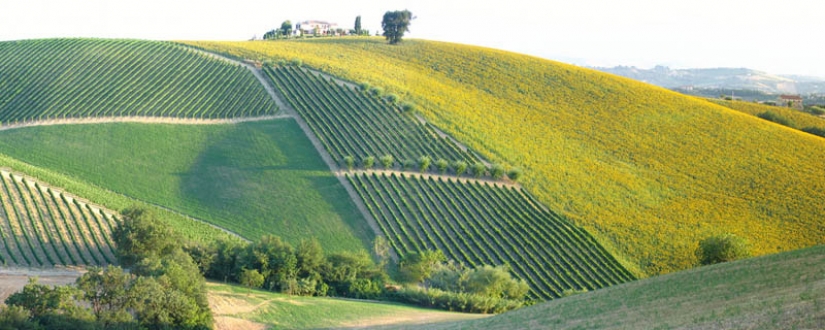
The vineyards and Golden hills, Switzerland. (PIZZODISEVO)
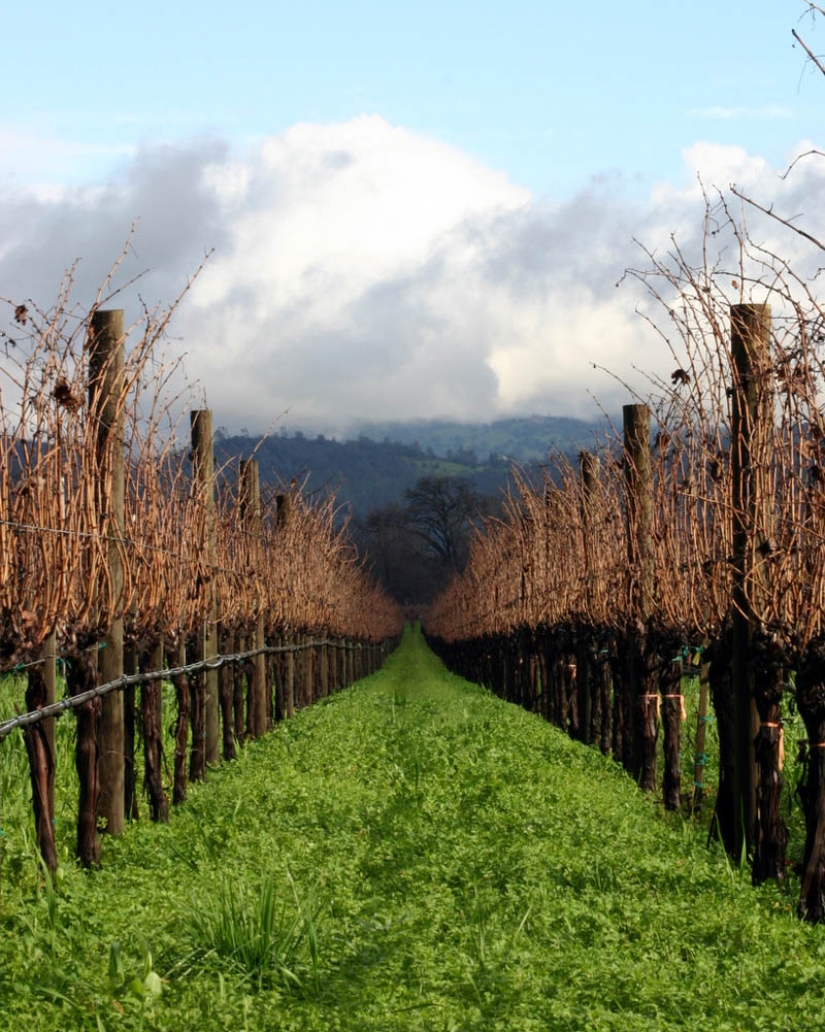
The vineyards of NAPA valley, California, USA. (JOSH MAZGELIS)
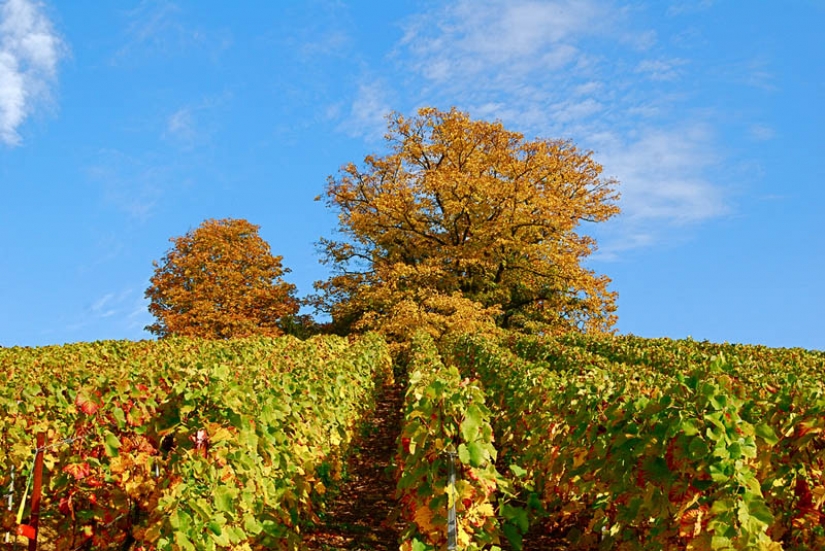
Verzenay, France. (VINCENT BRASSINNE)
Modern winemaking
The search for productivity of vineyards have created a wide variety of systems and technologies. Due to the more fertile lands of the New world, attention has focused largely on creating the conditions for more vigorous growth of the vine. Innovations in garter (in the direction of the vine, usually along a grid) and pruning plants, as well as methods of thinning of the shoots (which are used to optimise the size of the Foliage/Fruit (RL/P) with respect to microclimate) have largely replaced the conventional, traditional concepts like "yield per unit area" instead of "maximizing yield of desired quantity".
Other modern practices include spraying the vines with water to protect it against low temperatures, new techniques of grafting, cutting grooves in the ground, and mechanical harvesting. These technologies have made possible the development of wine production in New world countries, such as Canada. There are today a growing interest in the development of organic and sustainable grapes. Biodynamics is becoming increasingly popular in viticulture. The use of drip irrigation in recent years has given the opportunity to plant grapes in areas where previously this was considered impossible. Due to improvement of irrigation, the crops became more stable.

The vineyards on lake Chelan, Washington, USA. (ANDY SIMONDS)
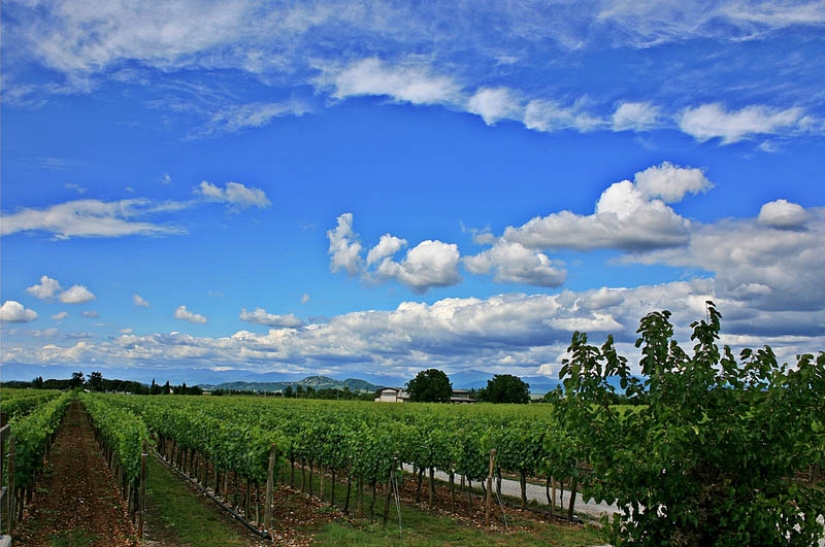
Collio, Italy. (TERRY)
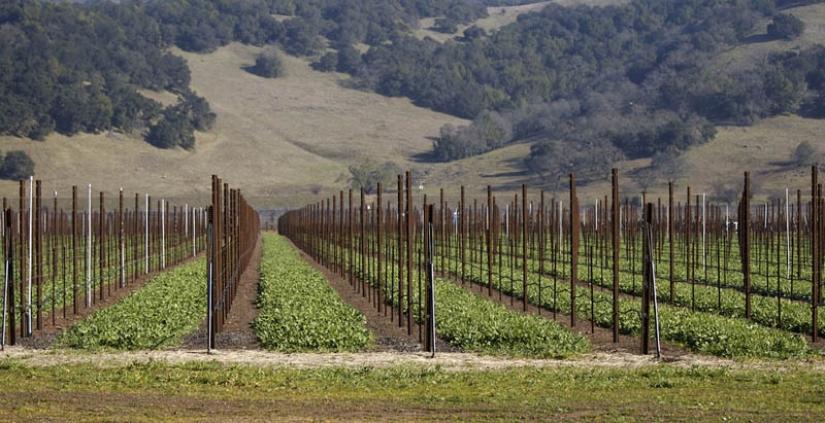
The vineyards of NAPA valley, California, USA. (TURBULENTFLOW)
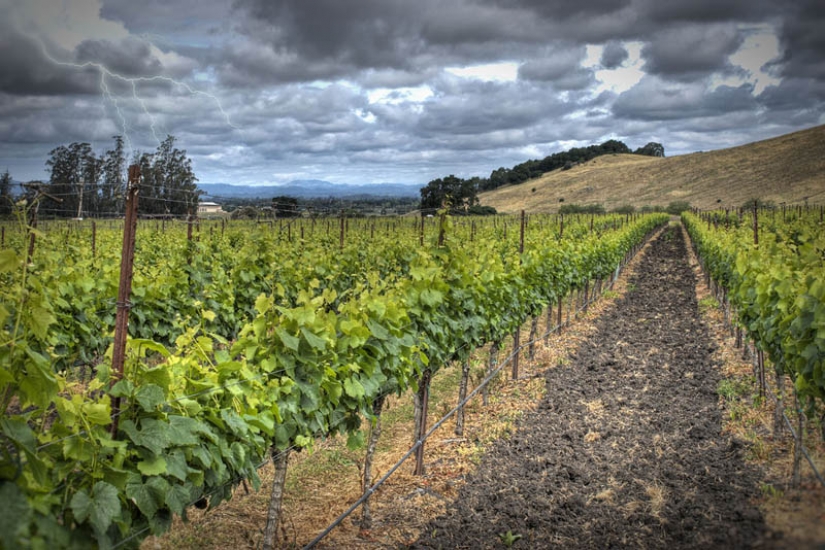
Penngrove, California. (AL THE WOP)
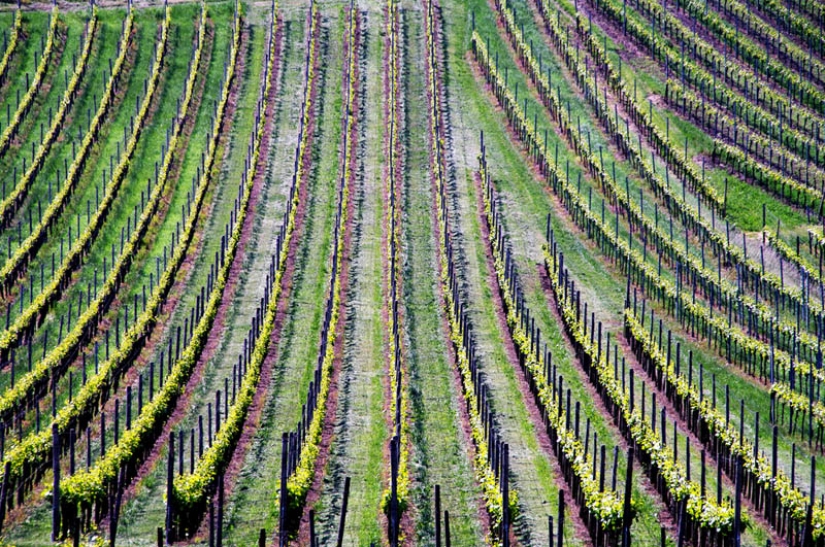
The Healthy Climate Spa Of Baden, Germany. (EDDYBOX43)
Terroir
The word "terroir" comes from the word "Terre", meaning land. Originally, it was originally a French term relating to wine, coffee and tea used to denote the special characteristics such as geography, Geology and climate of a certain area, awarded for rare species. Farmland in the same region share similar soil, weather conditions and agricultural technologies, moreover each of them makes a significant contribution to future harvest.
It also has a very abstract translated as "sense of place" embodied in certain qualitative characteristics, the number of positive effects that environment has on production. Terroir is often isolated in italics on the letter to show that the word was borrowed from French.
At its core is the assumption that the land on which the grapes were grown, imparts a unique quality that is characteristic of the region. The magnitude of the impact and scope of the concept of terroir remains a controversial topic in the wine industry.
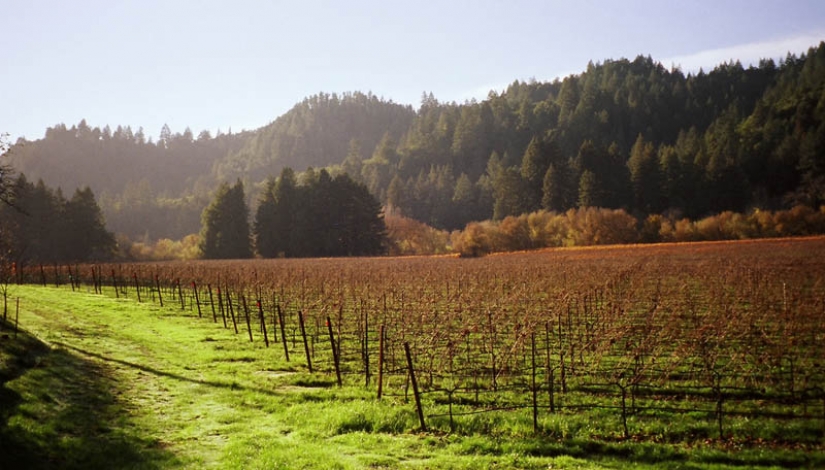
Drake, CA. (GLEN HAYLEY)
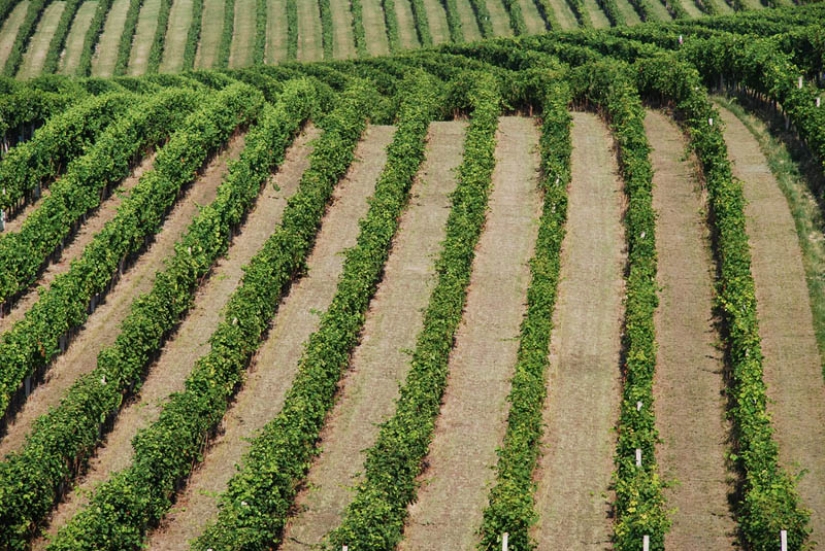
Palava, Czech Republic. (VASEK KADLEC)
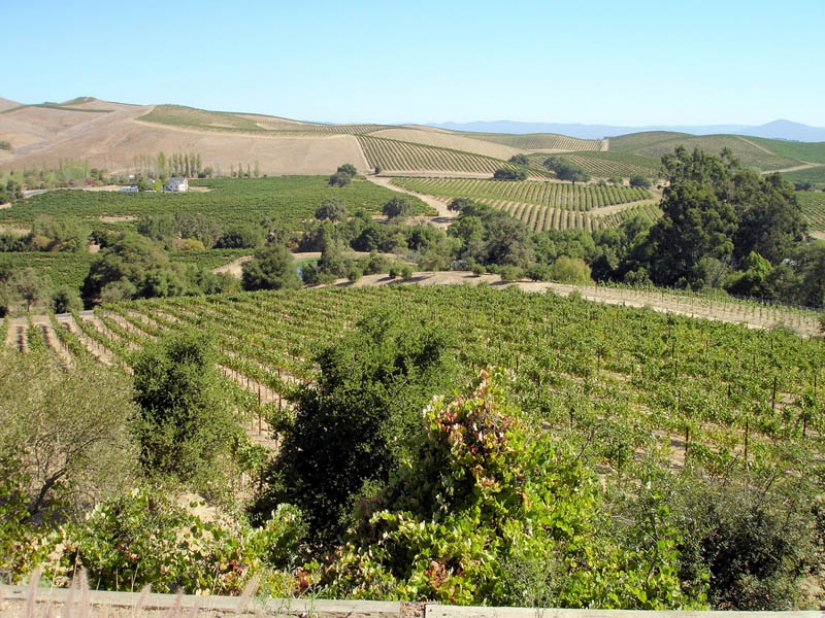
Artesa, California. (JIM G)
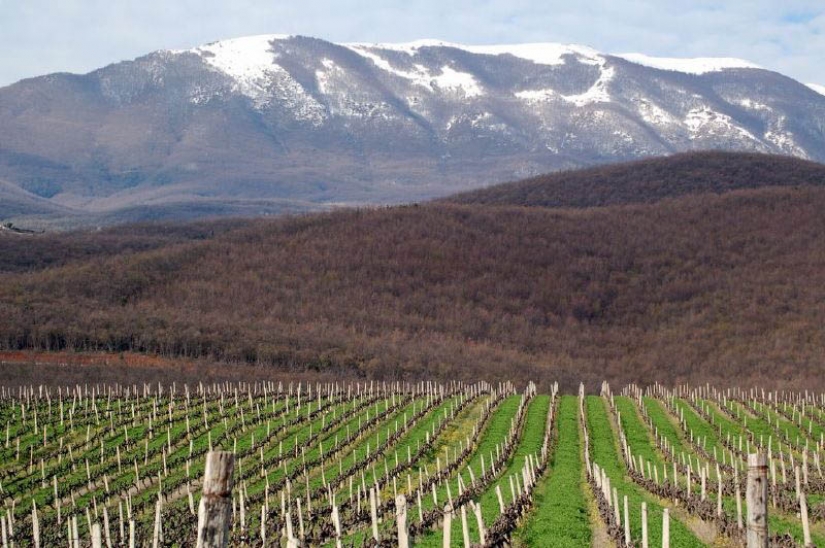
Kir-Matt, Greece. (ROBERT WALLACE)
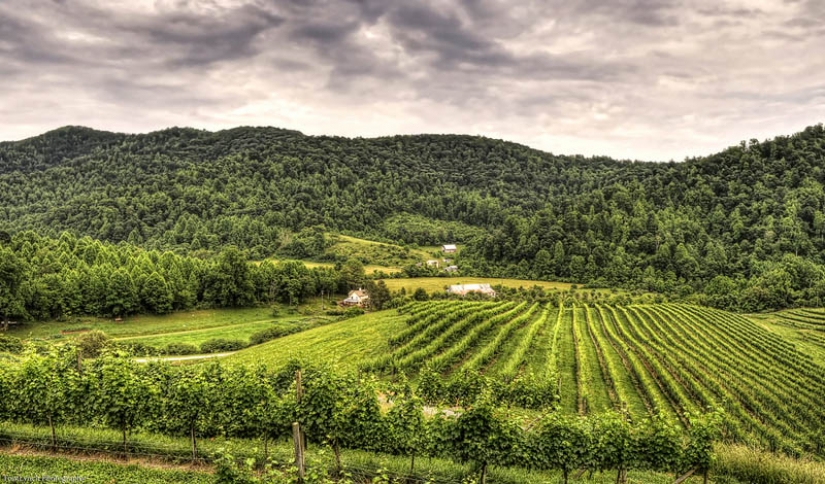
Devoss, Virginia. (TOMMY LYNCH)

Train Trak, Australia. (ZAPPED!)
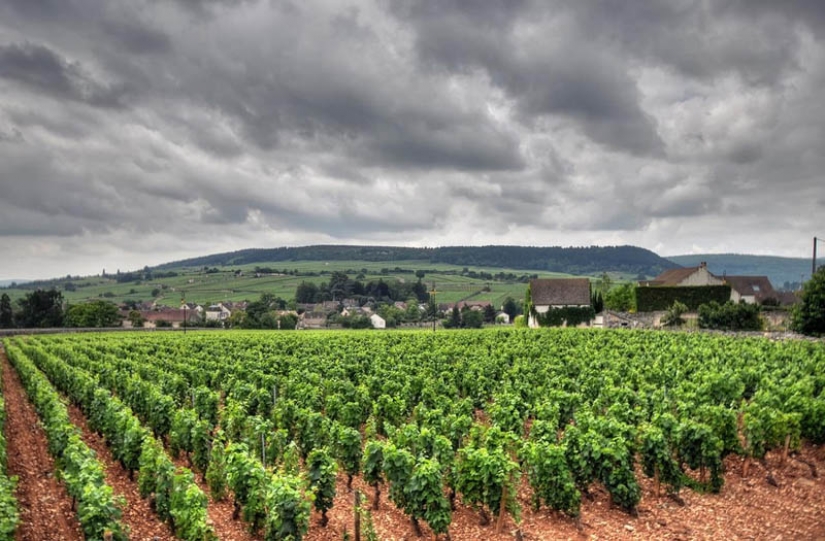
Meursault, France. (AYUSH BHANDARI)

Kelowna, Canada. (SPYHOPGL)
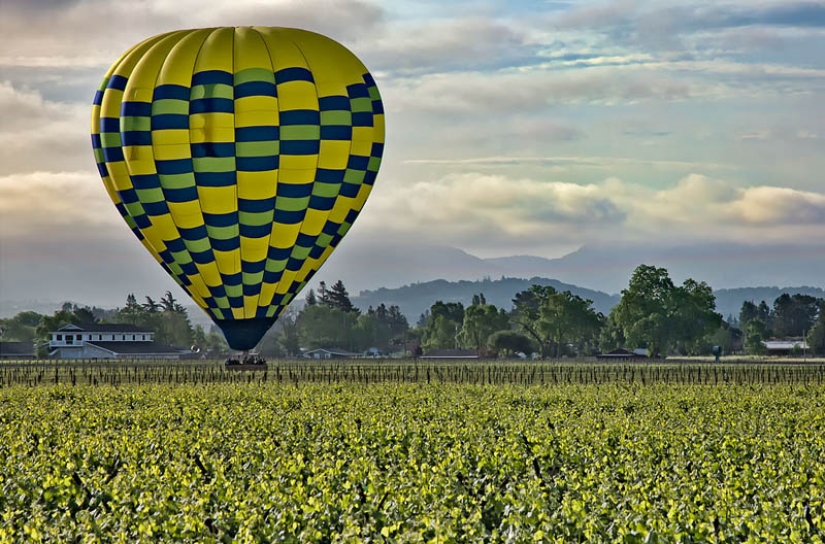
The vineyards of NAPA valley, California, USA. (TURBULENTFLOW)
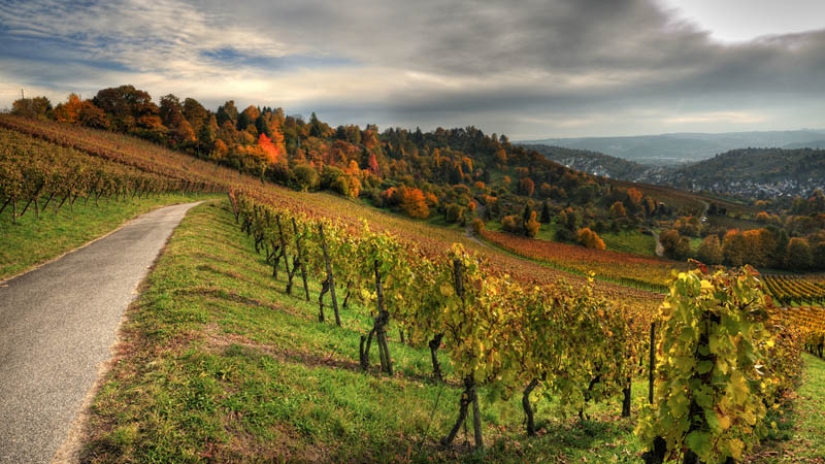
The vineyards of Stuttgart, Germany. (FLORIAN FLERLAGE)
Keywords: Argentina | Wine | Grapes | Vineyard | Canada | Landscape | Landscapes | Agriculture | USA
Post News ArticleRecent articles

Most of us think that the color of the eggshell does not play any role and it is possible not to pay attention. But it's not and ...

The more we rely on technology, the more potential power hackers gain over us. It doesn't matter if their goal is to help or cause ...
Related articles

Vermouth is considered one of the most romantic and mysterious of alcoholic beverages. The name of this herbal wine with the German ...

The journalist of the Australian edition of Vice, Alexandra Blizik, ventured on a bold experiment. The girl decided to experience ...

On July 24, 1802, Alexander Dumas's father, the author of the famous Musketeer trilogy, was born. On his birthday, we want to tell ...

Creating a good portrait is one of the most difficult tasks for any photographer. In order to make a really natural and memorable ...